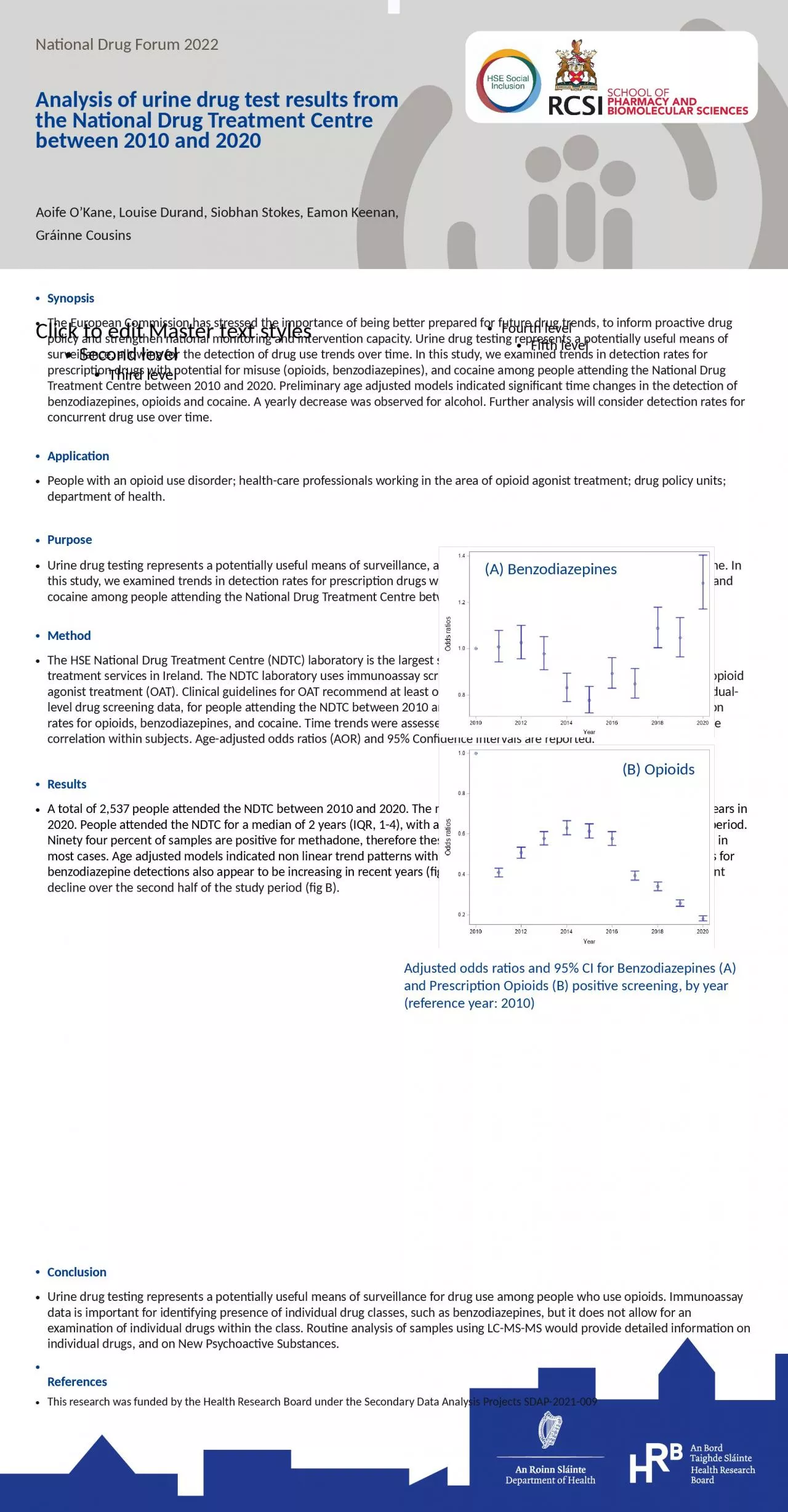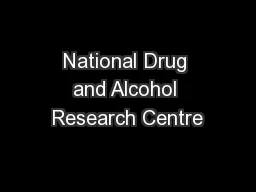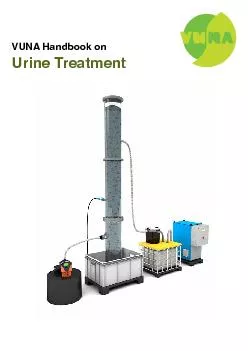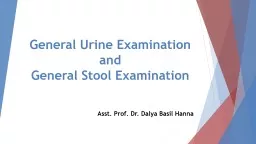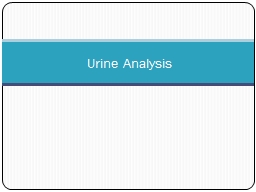PPT-Analysis of urine drug test results from the National Drug Treatment Centre between 2010
Author : abigail | Published Date : 2024-02-09
Aoife OKane Louise Durand Siobhan Stokes Eamon Keenan Gráinne Cousins Synopsis The European Commission has stressed the importance of being better prepared for
Presentation Embed Code
Download Presentation
Download Presentation The PPT/PDF document "Analysis of urine drug test results from..." is the property of its rightful owner. Permission is granted to download and print the materials on this website for personal, non-commercial use only, and to display it on your personal computer provided you do not modify the materials and that you retain all copyright notices contained in the materials. By downloading content from our website, you accept the terms of this agreement.
Analysis of urine drug test results from the National Drug Treatment Centre between 2010: Transcript
Aoife OKane Louise Durand Siobhan Stokes Eamon Keenan Gráinne Cousins Synopsis The European Commission has stressed the importance of being better prepared for future drug trends to inform proactive drug policy and strengthen national monitoring and intervention capacity Urine drug testing represents a potentially useful means of surveillance allowing for the detection of drug use trends over time In this study we examined trends in detection rates for prescription drugs with potential for misuse opioids benzodiazepines and cocaine among people attending the National Drug Treatment Centre between 2010 and 2020 Preliminary age adjusted models indicated significant time changes in the detection of benzodiazepines opioids and cocaine A yearly decrease was observed for alcohol Further analysis will consider detection rates for concurrent drug use over time. Physical Examination of Urine. . Physical Examination of Urine. in physical examination of urine we'll deal with :. -color . -odor. -specific gravity. Physical Examination of Urine. Color :. . Normal urine has a wide range of color, . Presentation to Vice Chancellor on visit to meet NDARC Staff . March 2 , 2015. Our Mission. “To . conduct and disseminate high quality research and related . activities. that . increase the effectiveness of responses to alcohol and other . Creating Your 2020 Roadmap to End Poverty. Login online at . https://results.zoom.us/j/510407386. or dial by phone at either (669) 900-6833 or (929) 436-2866, meeting ID: 510 407 386.. At RESULTS we pledge to create space for all voices, including those of us who are currently experiencing poverty. We will address oppressive behavior in our interactions, families, communities, work, and world. Our strength is rooted in our diversity of experiences, not in our assumptions. . 2 Version:The VUNA Project was carried out by: 3 VUNA – Urine Treatment ProcessesTable of Contents in urine. This process developed as a pilot in the VUNA Project losses and malodour. Electrolys General. . Stool Examination. . . . Asst. Prof. Dr. . Dalya. Basil Hanna. Urine analysis. Lec. . 1. The . urinary system . Urinary system. Urinary system consists of pair of kidneys and urinary tracts which includes (two ureters, urinary bladder and urethra). . Each . kidney contains 1.3 million urinary units called nephrons. . ultrafiltration. of plasma by the renal . glomeruli. .. Collection of Urine. Early morning sample-qualitative . Random sample- routine. Midstream sample-UTI. Post . prandial. sample-D.M. 24hrs sample-preservatives like . Dr. Sonalika’s Eye Clinic provide the best Glaucoma treatment in Pune, Hadapsar, Amanora, Magarpatta, Mundhwa, Kharadi Rd, Viman Nagar, Wagholi, and Wadgaon Sheri Dr. Sonalika’s Eye Clinic provide the best Corneal disease treatment in Pune, Hadapsar, Amanora, Magarpatta, Mundhwa, Kharadi Rd, Viman Nagar, Wagholi, and Wadgaon Sheri Dr. Sonalika’s Eye Clinic provide the best Low vision aids treatment in Pune, Hadapsar, Amanora, Magarpatta, Mundhwa, Kharadi Rd, Viman Nagar, Wagholi, and Wadgaon Sheri Dr. Sonalika’s Eye Clinic provide the best Ocular trauma treatment in Pune, Hadapsar, Amanora, Magarpatta, Mundhwa, Kharadi Rd, Viman Nagar, Wagholi, and Wadgaon Sheri Dr. Sonalika’s Eye Clinic provide the best Cataract Phaco Surgery, Cataract surgery treatment in Pune, Hadapsar, Amanora, Magarpatta, Mundhwa, Kharadi Rd, Viman Nagar, Wagholi, and Wadgaon Sheri Dr. Sonalika’s Eye Clinic provide the best Eye infection treatment, Conjunctivitis treatment in pune, Hadapsar, Amanora, Magarpatta, Mundhwa, Kharadi Rd, Viman Nagar, Wagholi, and Wadgaon Sheri Dr. Sonalika’s Eye Clinic provide the best Phaco surgery treatment in Pune, Hadapsar, Amanora, Magarpatta, Mundhwa, Kharadi Rd, Viman Nagar, Wagholi, and Wadgaon Sheri
Download Document
Here is the link to download the presentation.
"Analysis of urine drug test results from the National Drug Treatment Centre between 2010"The content belongs to its owner. You may download and print it for personal use, without modification, and keep all copyright notices. By downloading, you agree to these terms.
Related Documents

